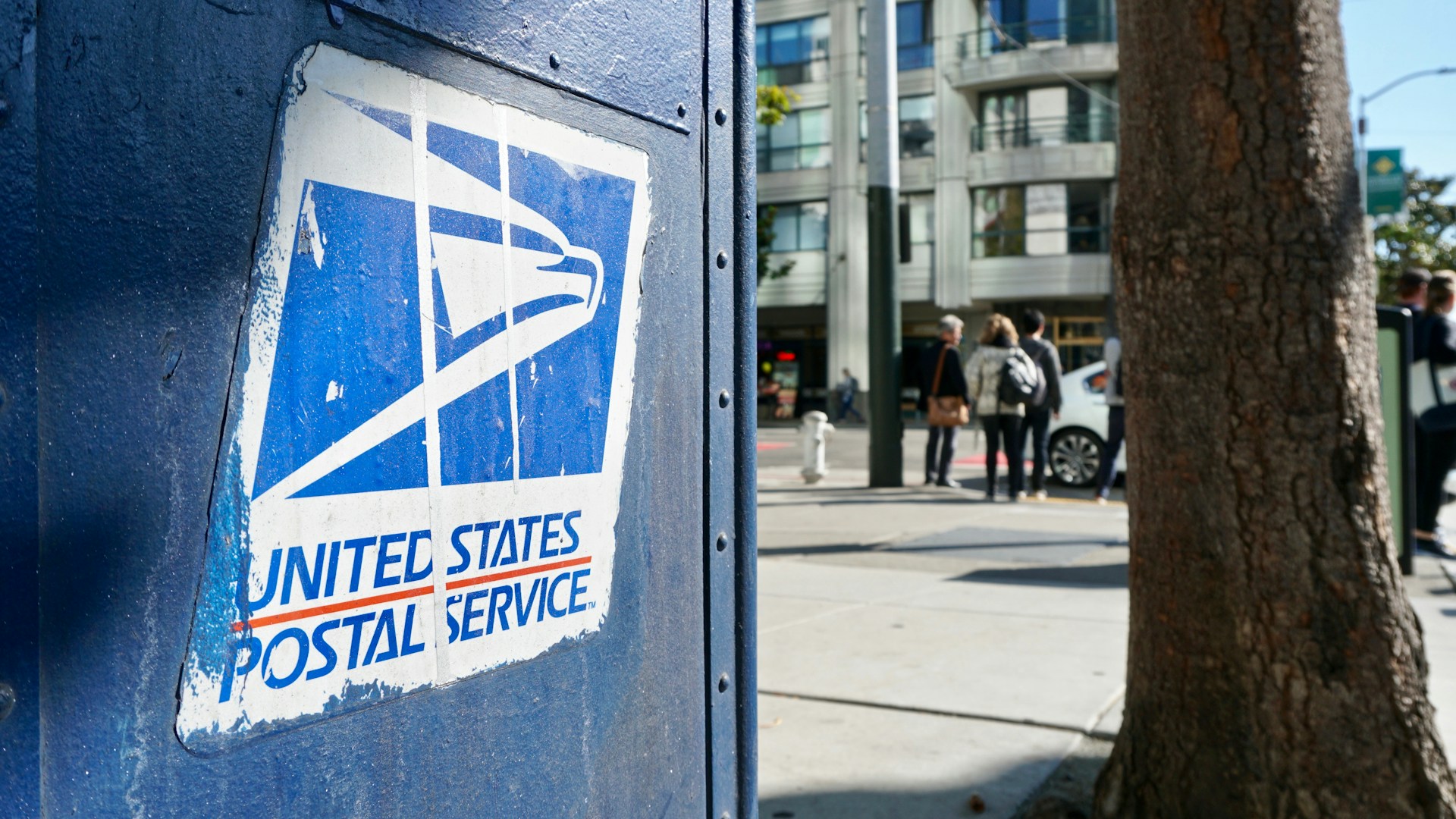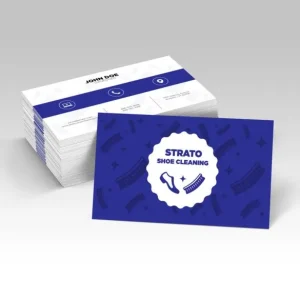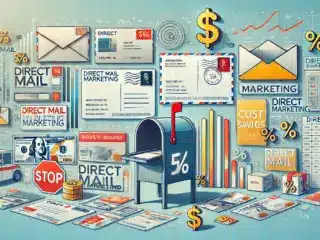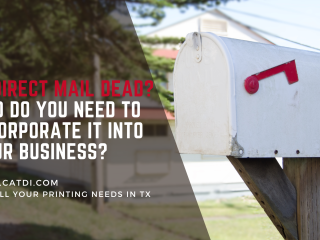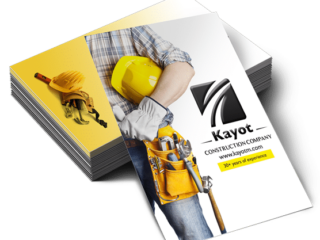Last Updated on July 27, 2024 by Carlos Alonso
In the ever-evolving landscape of direct marketing, the choice of mailing strategy can significantly impact your campaign’s success. Two popular methods are Every Door Direct Mail (EDDM) and Direct Mail, both of which fall under the umbrella of direct mail advertising. Understanding the nuances of each, including differences in postage rates, can help you make an informed decision tailored to your business needs. This knowledge allows you to optimize your marketing efforts, ensuring that your message reaches the right audience in the most effective way possible.
What is EDDM?
Every Door Direct Mail (EDDM) is a service offered by USPS that allows businesses to send mail to specific geographic areas without needing a mailing list. This method is ideal for businesses looking to target local customers efficiently.
Benefits of EDDM:
One of the primary benefits of EDDM is its simplicity, which makes it an effective part of a direct mail strategy for local businesses. Businesses can select postal routes that align with their target demographic without the hassle of acquiring or managing mailing lists or paying high postage. This method is particularly advantageous for local businesses aiming to raise awareness within specific communities. For instance, a new restaurant could target nearby neighborhoods to announce its grand opening and special promotions. EDDM’s cost-effectiveness also stands out, making it a budget-friendly option for extensive reach.
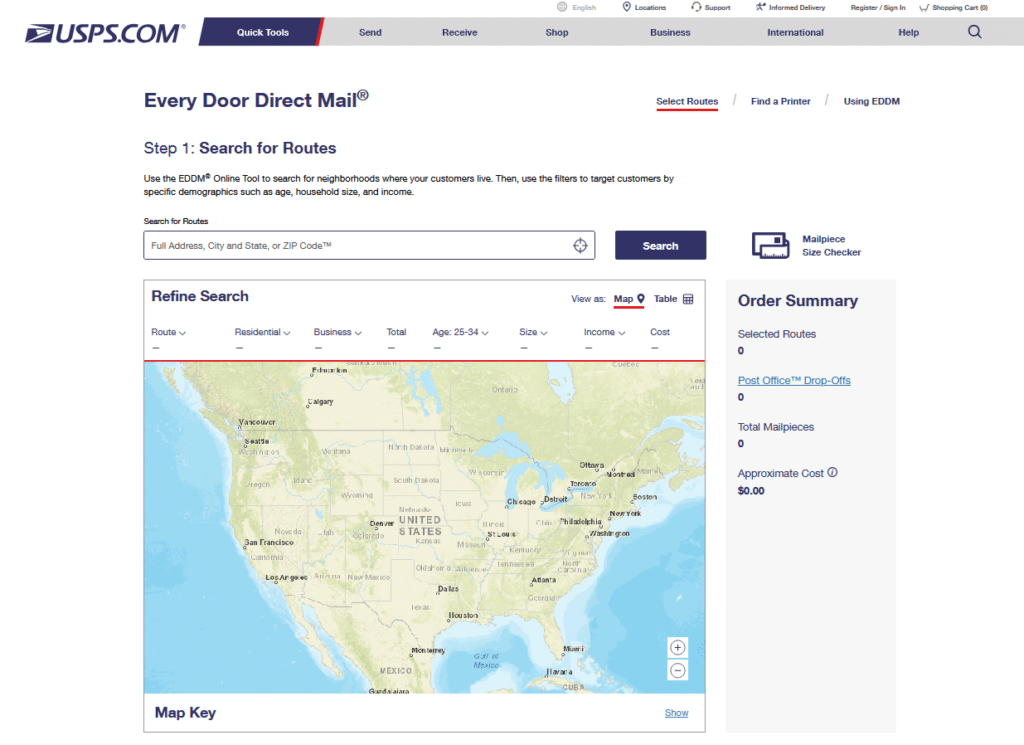
What is Direct Mail?
Direct Mail involves sending promotional materials to a targeted list of recipients. This method requires businesses to create or purchase mailing lists, allowing for more personalized and segmented marketing efforts in addition to saturation mailing campaigns.
Benefits of Direct Mail:
Direct Mail offers a more personalized approach to marketing. By leveraging detailed demographic data, businesses can tailor their messages to resonate with specific audiences. For example, a luxury car dealership might use Direct Mail to reach high-income households likely to be interested in their offerings. This granularity can lead to higher engagement and conversion rates, making Direct Mail a powerful tool for targeted marketing campaigns, especially when using saturation mailing campaigns.
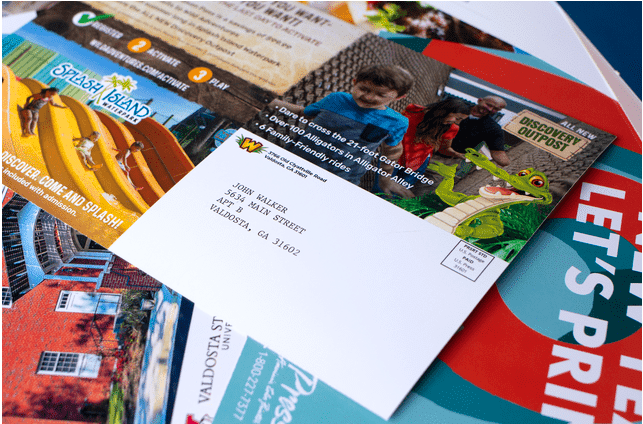
Geographic Targeting with EDDM
EDDM excels in geographic targeting, enabling businesses to reach entire neighborhoods or specific streets through saturation direct mail. This is particularly beneficial for localized marketing campaigns, such as promoting a new store opening or offering local services.
Benefits for Localized Marketing:
The strength of EDDM lies in its ability to blanket an area with promotional material, ensuring every household within the selected routes receives the postcard. This broad approach is ideal for businesses with services or products that appeal to a wide audience. Local events, such as a community fair or seasonal sale, can benefit greatly from this method.

Direct Mail: Precision and Personalization
While EDDM focuses on broad geographic targeting, Direct Mail offers precision in reaching specific demographics based on detailed data such as age, income, and purchasing behavior. This granularity allows businesses to tailor their messages more effectively, potentially leading to higher engagement and conversion rates.
Pros and Cons: Direct Mail vs. EDDM
Both EDDM and Direct Mail have their advantages and drawbacks, which can influence your decision based on your marketing goals. Understanding eddm and direct mail will help you choose the right method.
EDDM Pros:
- No Mailing Lists Needed: Simplifies the process by eliminating the need to purchase or manage mailing lists.
- Cost-Effective: Reduces expenses, making it an affordable option for extensive reach.
- Ease of Use: Streamlines the preparation and execution of campaigns with USPS tools.
- Wide Coverage: Allows businesses to cover entire neighborhoods or specific routes efficiently.
- Size: With the EDDM program, you have to use an oversized postcard, which provides more space for your messaging.
EDDM Cons:
- Less Precise Targeting: Limited ability to target specific demographics.
- Limited Personalization: Generic mailers might not capture the recipient’s attention as effectively as personalized ones.
- Potential for Wasted Reach can be mitigated by choosing targeted mailing options or eddm and saturation mail. Mailers may reach uninterested recipients within the targeted area.
Direct Mail Pros:
- Highly Targeted: Allows for detailed segmentation based on demographics and purchasing behavior.
- Personalized: Tailored messages can lead to higher engagement and conversion rates.
- Better ROI Tracking: Easier to measure and analyze the success of campaigns through targeted metrics.
- Flexible Design Options: Allows for creative and customized mailer designs to engage specific audiences.
Direct Mail Cons:
- Requires Mailing Lists: More complex and time-consuming to manage.
- Higher Costs: Potentially higher expenses due to list acquisition, personalized printing, and postage rate.
- Logistical Challenges: Managing large-scale direct mail campaigns can be resource-intensive, but leveraging bulk mail options can streamline the process.

How to Get Started with EDDM
Getting started with EDDM is straightforward, making it easier for businesses to benefit from saturation mail. Here’s a step-by-step guide:
- Select Routes: Use USPS’s EDDM tool to choose routes that match your target audience and optimize your direct mail strategy. Consider factors like local events, income, demographics, and area-specific interests.
- Design and Print: Create your mailers, ensuring they meet USPS size and format requirements. Focus on eye-catching designs and clear calls-to-action to maximize engagement.
- Submit: Take your mailers to the post office or use an online service to complete the process. Ensure compliance with USPS guidelines to avoid delays or additional costs.
How to Get Started with Direct Mail
Getting started with Direct Mail involves a few key steps:
- Build or Purchase a Mailing List: Identify and acquire a high-quality mailing list that matches your target audience. This list can be segmented based on various demographics such as age, income, or purchasing behavior.
- Design Personalized Mailers: Create engaging and relevant content tailored to the specific segments of your mailing list. Utilize variable data printing to personalize each mailer with the recipient’s name and personalized offers.
- Print and Send a mail piece efficiently by understanding postage rate structures. Work with a reliable printing service like Catdi Printing to ensure high-quality production of your mailers. Once printed, coordinate the mailing process to ensure timely delivery.
- Track and Measure Results: Use unique codes, URLs, or phone numbers on your mailers to track responses. Analyzing this data will help you refine future campaigns and improve ROI, particularly when employing targeted mailing strategies to increase response rates.
Case Study: Successful EDDM Campaign
Example: Local Restaurant Launch leveraging direct mail marketing.
A new restaurant used EDDM to announce its grand opening. They targeted neighborhoods within a 5-mile radius, including special offers and a map to the location. The result was increased foot traffic and customer engagement, leading to a successful launch.
Case Study: Successful Direct Mail Campaign
Example: Luxury Car Dealership
A luxury car dealership used Direct Mail to target high-income households within a 20-mile radius. By using personalized mailers that included the recipient’s name and tailored offers, the dealership saw a significant increase in test drives and sales. The ability to track responses also allowed them to fine-tune future campaigns for even better results.
Which Works Best for Your Business?
Choosing between EDDM and Direct Mail depends on the nature of your business and your marketing objectives.
Best Fit for EDDM:
- Local Service-Based Businesses often see higher response rates through direct mail marketing strategies. Dentists, pizzerias, and other local services benefit from targeting nearby neighborhoods to attract local customers through direct mail marketing, including EDDM mailings or saturation direct mail.
- Retail Stores: Ideal for announcing sales, new products, or store openings to the local community.
- Event Promotions: Perfect for promoting community events, fairs, and seasonal sales. Open house events for real estate agents are great use as they target specific areas.
Best Fit for Direct Mail:
- High-End Products: Businesses selling luxury items like high-end pool builders or car dealerships benefit from targeted, personalized mailers that appeal to affluent demographics and improve response rates.
- B2B Services: Companies offering specialized services to other businesses can leverage Direct Mail to reach decision-makers within specific industries and increase response rates.
- Non-Profits: Charities and non-profits can use targeted mailers to reach potential donors who are more likely to contribute.
Both EDDM and Direct Mail offer unique advantages for businesses. EDDM is perfect for simple, cost-effective local campaigns, while Direct Mail excels in targeting and personalization, potentially yielding higher conversion rates. By carefully considering the benefits and limitations of each method, you can make an informed decision that maximizes your marketing efforts and delivers the best results for your business, whether through EDDM mailings or other direct mail strategies.
Ready to take your direct marketing to the next level? Contact Catdi Printing today to get started with your EDDM or Direct Mail campaign. Our team of experts will help you design, print, and deliver high-quality mailers that get results. Visit our website or call us to learn more and request a quote! Discover how eddm and saturation mail can lower postage rates.

